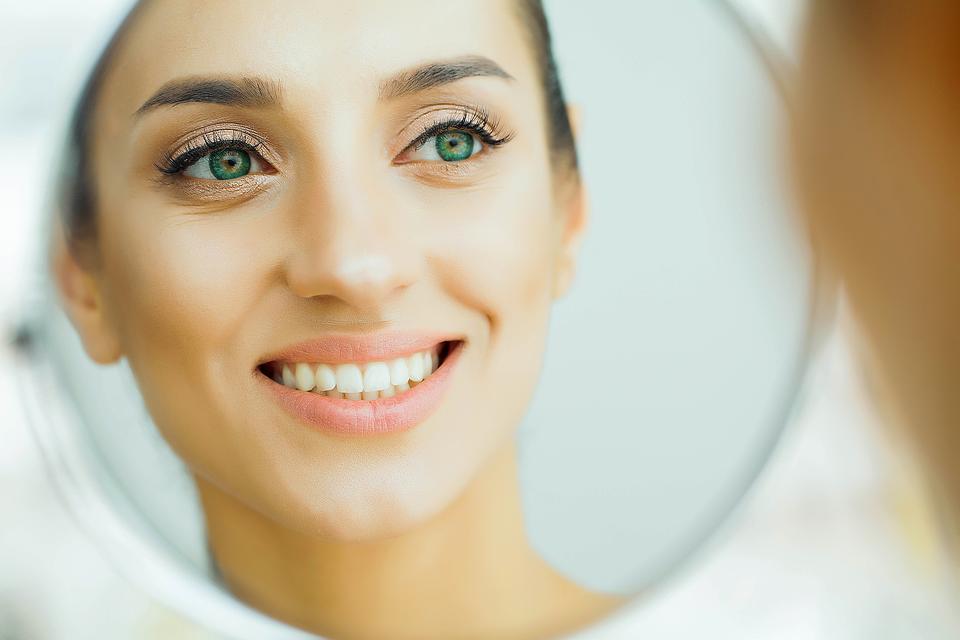If you’ve ever noticed a clump of hair in the drain, or if you’re concerned about the effects of aging, you might have thought about the root causes of hair loss. Hair loss is experienced by millions of people every year—especially older men—and it can make you less satisfied with your appearance, less confident, and less comfortable in your own body.
There are many technologies, strategies, and techniques that can be used to combat hair loss, or even regrow hair (with mixed effectiveness), but everything starts with understanding the root causes of hair loss.
The Main Causes of Hair Loss
These are some of the most common causes of hair loss:
Heredity: One of the most common and most challenging sources of hair loss is a hereditary condition. Men deal with male pattern hair loss, while women deal with female pattern hair loss; either way, it’s called androgenic alopecia. In men, this manifests as a receding hairline or as a bald spot on the top of the head, eventually spreading in many cases. In women, this typically manifests as a widening part, or thinning throughout the head. With androgenic alopecia, a person inherits genes that cause their hair follicles to gradually shrink, eventually becoming dormant and growing no new hair. This process can start in a person’s teenage years, but it typically manifests as a person ages.
Related posts: HEALTH BENEFITS OF PAPAYA: HEALTH, SKIN AND HAIR BENEFITS
Stress: Stress can also affect hair loss, though it’s not the direct reason for your hair loss. If you’re stressed, you may suffer from a hormonal imbalance, which can impact the health and development of hair follicles on your head. It can also result in habit changes, like causing you to unconsciously pull out your hair, or trigger the development of an autoimmune disease (alopecia areata) that results in hair loss. If you’re excessively stressed, it could trigger a series of reactions that lead to hair loss, or make your existing hair loss worse.
Age: Sometimes, hair loss occurs as a natural byproduct of aging. Eventually, human hair follicles stop growing hair, resulting in overall thinning. Aging is also responsible for causing hair to lose its color. This is almost impossible to prevent, but it can be slowed or mitigated.
Alopecia areata: Some patients experience alopecia areata, which is categorized as an autoimmune disorder. Here, your body’s own immune system begins to attack your hair follicles, rendering them unable to grow hair. With this condition, you can lose hair anywhere on your body—including, but not limited to your scalp—and you tend to lose hair in patches. With the proper treatment, it’s possible to regrow this hair.
Cancer and other medical treatments: Certain types of medical treatment, like chemotherapy and/or radiation treatment for cancer, are known for causing near-total hair loss. Within a few weeks or your initial treatment, you will likely lose all your hair. The good news is that hair regrowth can begin within a few months after treatment is finished.
Related Posts: 9 HEALTH BENEFITS OF LASER HAIR REMOVAL
Bad hair habits: Certain bad hair habits can interfere with your ability to grow hair. For example, if you have your hair constantly and tightly pulled back, or if you aggressively treat your hair on a regular basis, it can eventually result in permanent hair loss.
Hair pulling: Some people develop an unconscious hair pulling habit, pulling out their hair as a result of stress or anxiety. The medical term for this form of hair loss is trichotillomania. Since it doesn’t affect the follicles’ ability to grow hair, this form of hair loss is typically reversible.
Scalp health issues: If your scalp is unhealthy or afflicted with a specific medical problem, it may result in hair loss or the inability to grow new hair. For example, you might experience a scalp infection—you can notice this by observing small black dots on your scalp, often in a bald spot. These are actually stubs of hair, unable to grow further due to the infection. Scalp psoriasis can also lead to hair loss. Fortunately, these issues are highly treatable.
Natural loss: The average person loses about 50 to 100 strands of hair per day, naturally. You might notice them in the drain after you take a shower, or on your comb after a combing. This is usually nothing to worry about, and won’t result in permanent hair loss.
Taking Proactive Action
While some of the causes on this list are unpreventable, most of them can be treated, slowed, or even reversed if you take action soon enough. When you start noticing hair loss, it’s important to take action as soon as possible. With the help of topical treatments, nutritional supplements, and other therapies and strategies, you can return your hair to its natural state—or at least slow down your loss.




